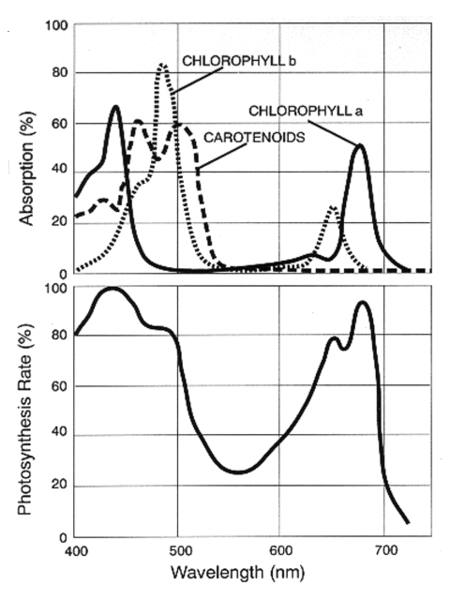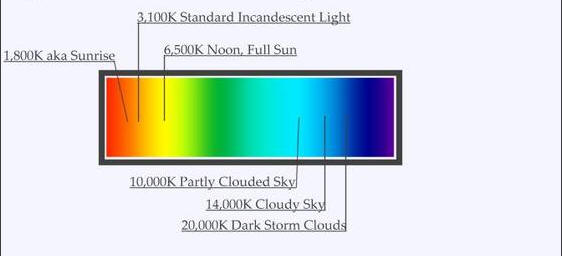andrewjardin
Member
I have been wondering for a long time if you can use regular LED's for an aquarium. For example LED lights you would use in a regular lamp, or light bulb socket such as this http://www.homedepot.ca/product/13w-br30-********-flood-dimmable-soft-white-65w-led-bulb/952868 ?? I'm wondering because i think it would be neat to have a small 5 gallon tank on my desk with just coral and shrimp, and I don't want a huge bulky fixture on it. And also if you can use this (or other home-use LED's) for a small aquarium what reason would there be for not using it on large aquariums too? Thanks, just been curious about this for a long time!



